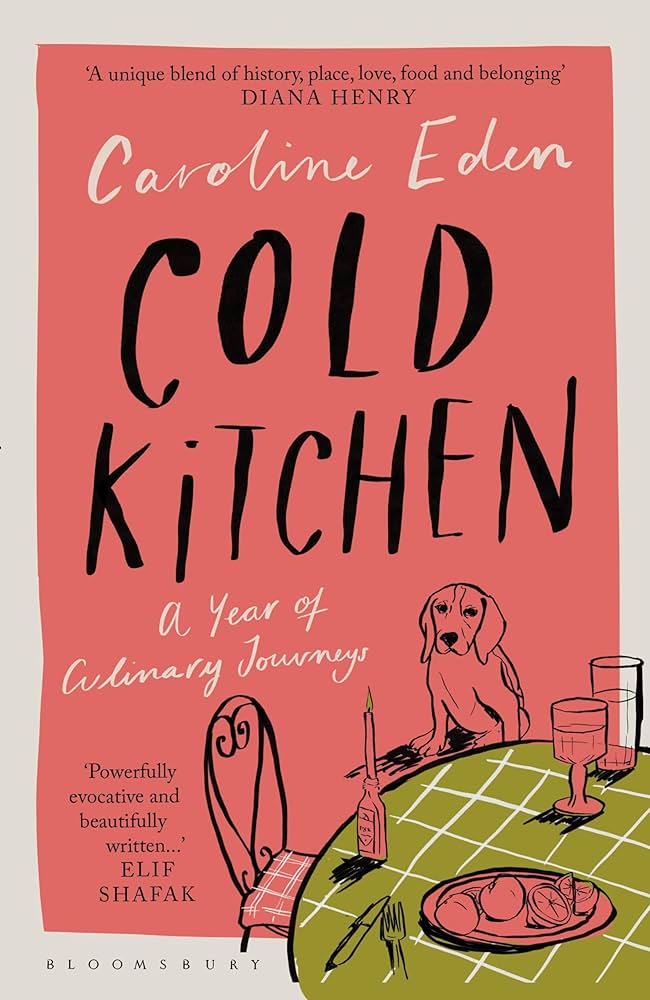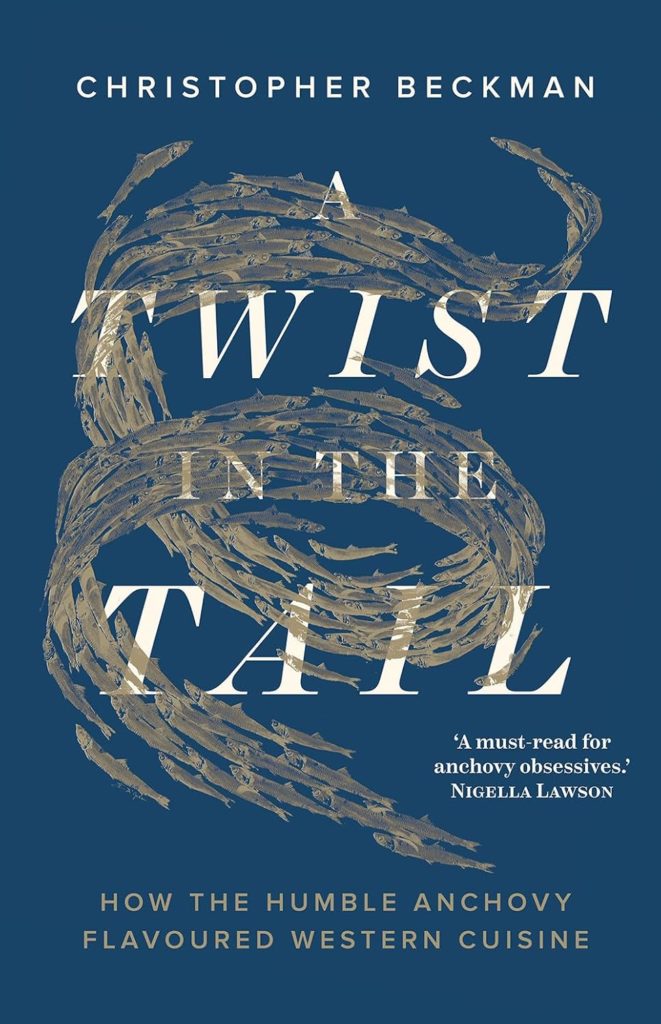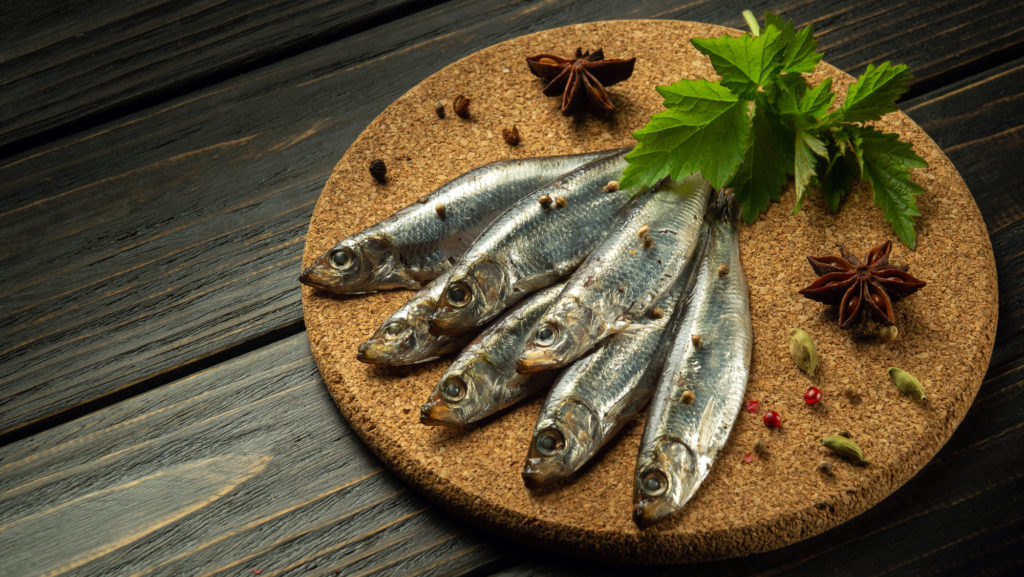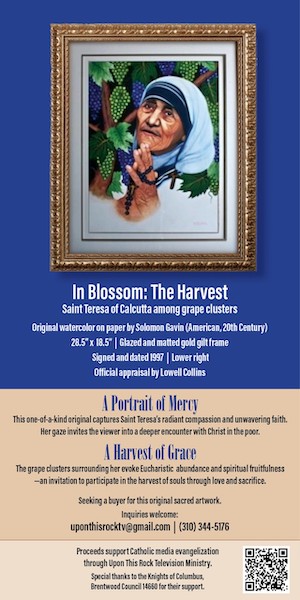There are armchair travelers and then there are armchair cooks. In real life, I may subsist for weeks on broiled salmon and broccolini, but I’m also sure during that time to be reading M.F.K. Fisher’s “The Art of Eating” (Macmillan General Reference, $19.95), or a cookbook by a Hmong immigrant, or a 1962 gem called “Chez Maxim’s: Secrets and Recipes from the World’s Most Famous Restaurant” (McGraw-Hill, $19).
In “Cold Kitchen: A Year of Culinary Journeys” (Bloomsbury Publishing, $27.99), journalist Caroline Eden uses her Edinburgh basement kitchen as ground zero for a wide-ranging journey — emotional, culinary, political, personal — through Eastern Europe and Central Asia.

The kitchen is minutely, warmly described: the creaking floorboards, the carved oak table, the wooden chair with its split leather seat, “the fabrics and dried fruits, and plates and pottery and bread stamps and hollowed-out gourds for holding spices.”
Her faithful beagle Darwin dozing at her feet, the room is a portal to the lands she’s visited, written about, and come to love: Türkiye, Ukraine, the South Caucasus, Russia, the Baltics, and Poland.
“Wanderlust mellows here. Longed-for places are suddenly not so far away. Not unreachable, but present. Held again in the mind and heart.”
Eden takes us through the four seasons, gently dispensing lessons in, among myriad other subjects, botany, Arctic exploration, geopolitical conflicts, Armenian apricots, the history of British biscuits, and the genesis of rose-medallion bowls, now found throughout Central Asia, that originated with a 17th-century British porcelain manufacturer named Francis Gardner.
A winter salad of briny Bulgarian cheese, watermelon, and mint calls to mind the time, driving the multi-lane M39 highway through Uzbekistan, Eden came upon the sight of cars screeching to a halt and the inhabitants “leaping out and heading off into a field, headscarves glittering.” Why? Winter melons, some of the most luscious in the world.
The warm scent of roasting caraway seeds, to be added to a sauerkraut “to fight another cold day” recalls a long-ago train trip on the Trans-Siberian railway with her then-boyfriend.
At Yekaterinburg, “our new cabin mates Tatiana and Alexei boarded with a picnic bag the size of a washing machine. … Inside was black rye bread, a brick-sized hunk of salo (pork fat), several liters of vodka and a crate of beer.” The couples emerged two days later, bleary-eyed and hungover, and in Eden’s case at least, with memories to last a lifetime.
Summer brings a chapter on the elusive cloudberry. In the wild Scottish Highlands, Eden once happened upon a single one of this precious fruit: “wrapped, like a gift, in a gauzy spider’s web… golden-red, the color of cognac.”
Victorian art critic John Ruskin observed that the kitchen is “a place where history, nature, and culture collide.”
So is this evocative, lovingly written book.
Then there’s Christopher Beckman’s “A Twist in the Tail: How the Humble Anchovy Flavoured Western Cuisine” (Hurst Publishers, $29.99).

It’s well known that the four major taste groups are sweet, salty, sour, and bitter. Anchovies fall under a fifth group, discovered and labeled in 1908 by Japanese chemist Kikunae Ikeda: a deep, savory, meaty, or rich flavor called umami.
Strong feelings arise around anchovies, which have enjoyed a recurring role in Western cookery for the last 2,000 years.
People tend either to love or, perhaps mostly, hate them. Over the centuries, their popularity has fluctuated wildly: “The anchovy has been both highly valued as a flavor enhancer, and disdained as a worthless little fish, often simultaneously,” writes Beckman.
If we hate them, this may be because we’ve been eating inferior grades: cheap, over-salted, over-oiled, sold in bulk.
There is a better way, says Beckman, who opens with a lively, detailed discussion of garum, a fermented, fish-based sauce that, during the Roman and medieval eras, was consumed in vast quantities by everyone from slaves to royalty.
Many culinary historians maintain that the sauce was made principally from mackerel and larger fish. Though that may have been true for the crème-de-la-crème grade, Beckman argues fervently that the man in the street ate anchovy-based garum.
You can watch him hold forth on the Delicious Legacy Podcast, in an episode entitled “The History of the Anchovy in Western Cuisine: An Interview with Christopher Beckman.”
Packed in huge terra-cotta vessels and shipped from the Red and Black Seas across the Mediterranean world all the way to the Atlantic, after 300 years garum faded from favor.
Moving on, Beckman then takes us on a tour of Europe with the chapters: “The French Anchovy: A Glorious Rise and Sad Demise”; “The British Anchovy: Curtailed by the Convenience of Condiments,” and on to “The Spanish Anchovy,” “The Italian Anchovy,” and “The American Anchovy.”
Never a dull moment, as Beckman incorporates such diverse disciplines as linguistics, archaeology, marine biology, literature, painting, and religion in his quest to chart the history of the anchovy. Dipping in you might find a lentil recipe from Pompeii, a passage on the itinerant anchovy peddlers who roamed the streets of Renaissance Genoa, or the factoid that a late 19th-century meal at New York City’s Delmonico’s restaurant often commenced with an anchovy toast and a stiff drink.
Speaking of which, after all that reading, why not perk up with a cocktail called the Gilda: a martini garnished with a toothpick “flavor bomb”: a green olive, a guindilla pepper — and an anchovy.

